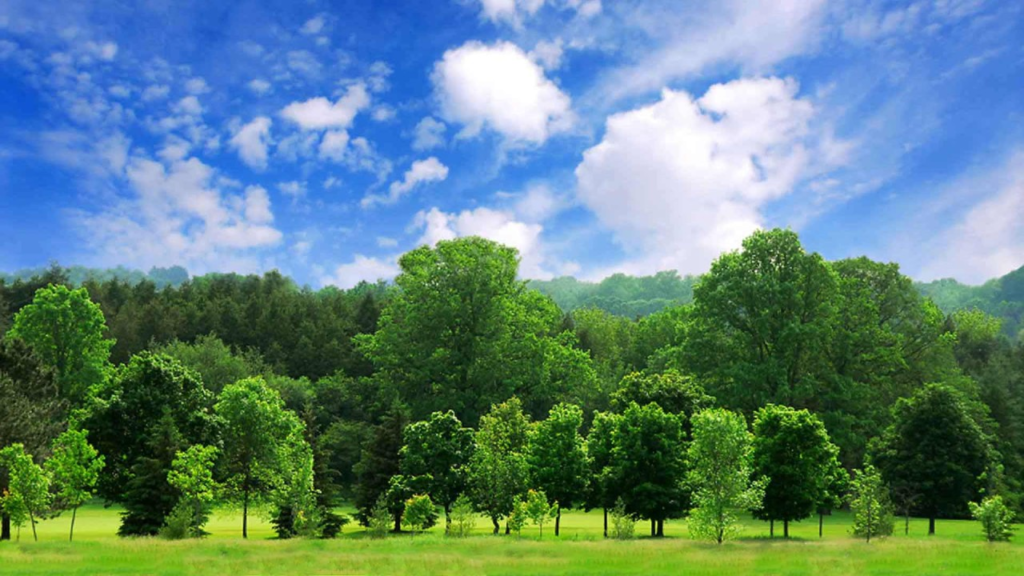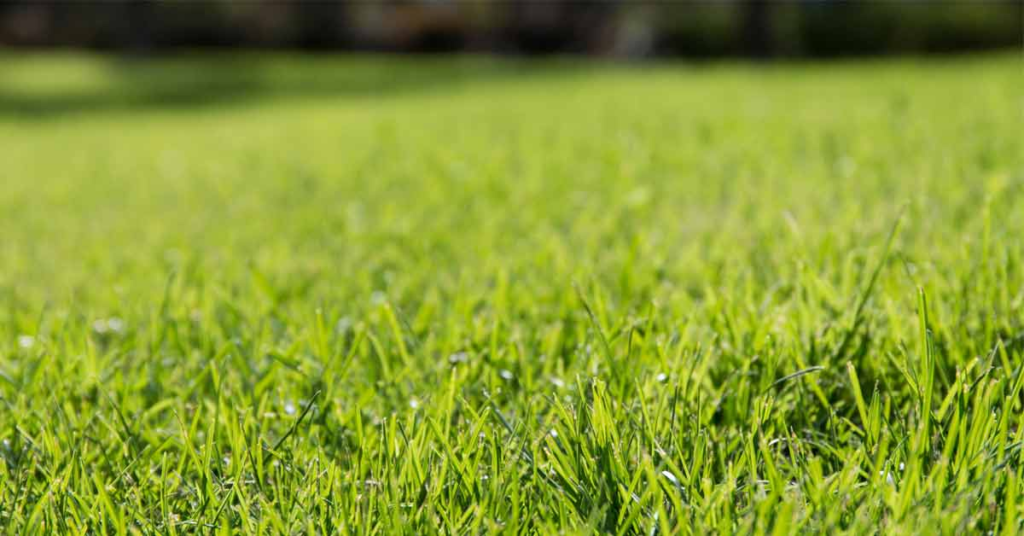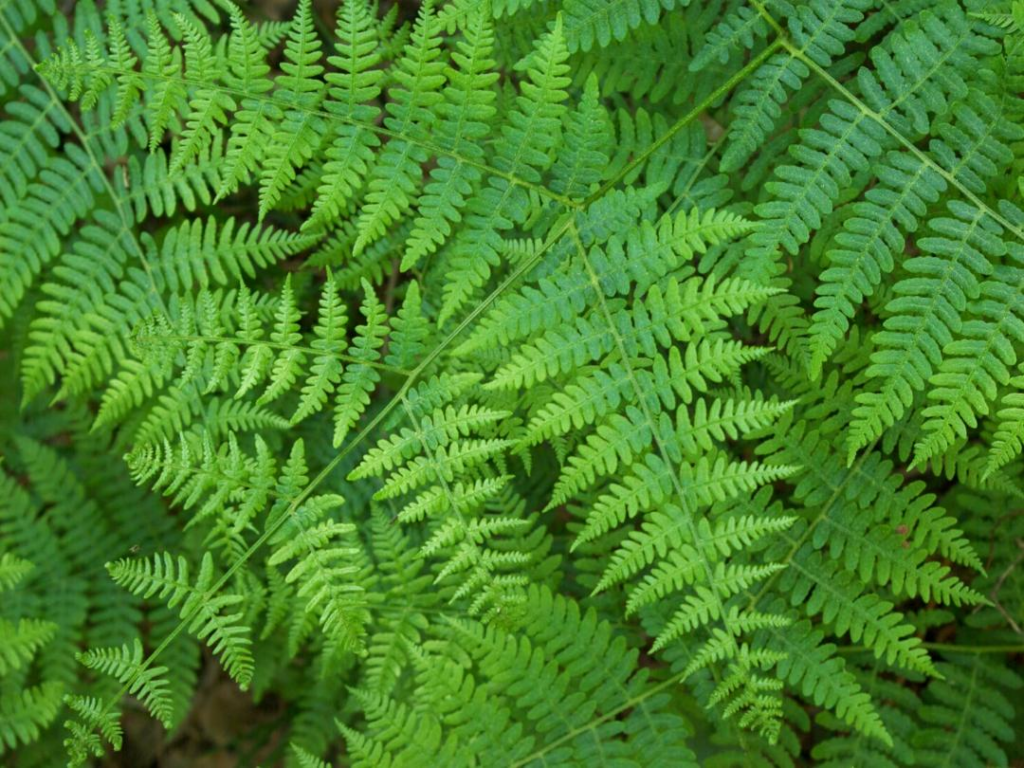Land Plants
Key Notes :
What Are Land Plants?

- Land plants are plants that grow on land, not in water.
- They come in many shapes and sizes, from tiny mosses to huge trees.
Parts of a Plant:
Roots:

- Anchor the plant in the ground and take up water and nutrients.
Stem:

- Supports the plant and transports water and nutrients between the roots and leaves.
Leaves:

- Help the plant make food through a process called photosynthesis. They also help the plant breathe.
Flowers (if present):

- Help the plant reproduce by producing seeds.
Types of Land Plants:
Trees:

- Tall plants with a single main stem or trunk. Examples include oak, pine, and maple trees.
Shrubs:

- Shorter plants with many stems. Examples include roses and blueberries.
Grasses:

- Small plants with narrow leaves. Examples include lawn grass and wheat.
Mosses and Ferns:

- Small plants that usually grow in shady or damp areas.
How Plants Grow:

- Plants need sunlight, water, and air to grow.
- They use sunlight to make their own food in their leaves.
- Roots absorb water and nutrients from the soil.
Importance of Land Plants:
- Provide oxygen for us to breathe.
- Supply food for animals and people.
- Help prevent soil erosion by holding the soil in place.
- Offer shade and beautify our environment.
Plant Habitats:
- Plants can grow in many places, like forests, fields, gardens, and even on city streets.
Let’s practice!

